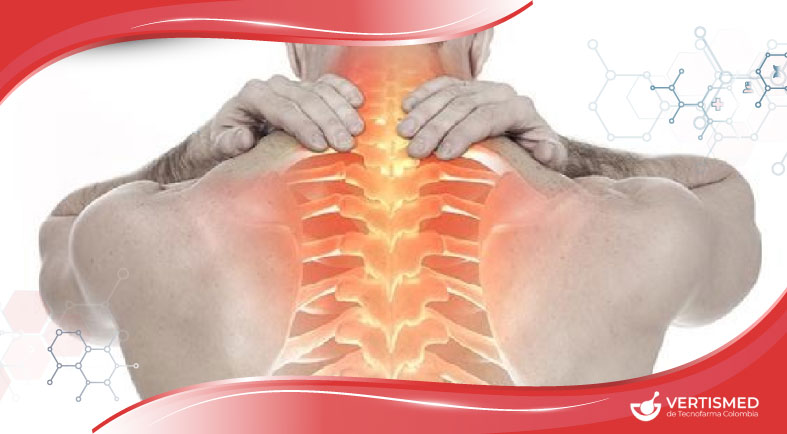nce foods were fortified with vitamin d and rickets appeared to have been conquered, many health care professionals thought the major health problems resulting from vitamin D deficiency had been resolved. How-ever, rickets can be considered the tip of the vitamin D–deficiency iceberg. In fact, vitamin D deficiency remains common in children and adults. In utero and during childhood, vitamin D deficiency can cause growth retardation and skeletal deformi- ties and may increase the risk of hip fracture later in life. Vitamin D deficiency in adults can precipitate or exacerbate osteopenia and osteoporosis, cause osteomalacia and muscle weakness, and increase the risk of fracture.
The discovery that most tissues and cells in the body have a vitamin D receptor and that several possess the enzymatic machinery to convert the primary circulating form of vitamin D, 25-hydroxyvitamin D, to the active form, 1,25-dihydroxyvitamin D, has provided new insights into the function of this vitamin. Of great interest is the role it can play in decreasing the risk of many chronic illnesses, including common can- cers, autoimmune diseases, infectious diseases, and cardiovascular disease. In this review I consider the nature of vitamin D deficiency, discuss its role in skeletal and
nonskeletal health, and suggest strategies for its prevention and treatment.

Lo sentimos, el formulario de comentarios está cerrado en este momento.